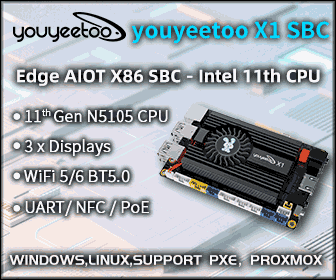$18 Matchstick is an HDMI TV Stick Running Firefox OS (Crowdfunding)
A few month ago, a Firefox OS HDMI streaming stick (codenamed netcast) by Mozilla that would compete with Google Chromecast was previewed. It is now called Matchstick, based on Rockchip RK3066 and has just been launched on Kickstarter. MatchStick technical specifications: SoC – Rockchip RK3066 dual core Cortex A9 processor @ 1.2 GHz with Mali-400 MP4 GPU System Memory – 1GB DDR3 (micron) Storage – 4 GB flash. (FORSEE, NCEFES86 eMMC) Video Output – HDMI Connectivity – 802.11 b/g/n Wi-Fi (AP6181?), but the board supports other Wi-Fi modules include AP6210 and AP6330, and many people are asking for dual band Wi-Fi in comments, so maybe a stretch goal… USB – 1x micro USB port for power Power – 5V via micro USB port. TPS659102 PMIC. Dimensions – 110 x 40 x 11 mm The Firefox OS dongle will come with an HDMI extension Cable, a micro USB Cable, and a […]





